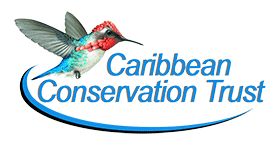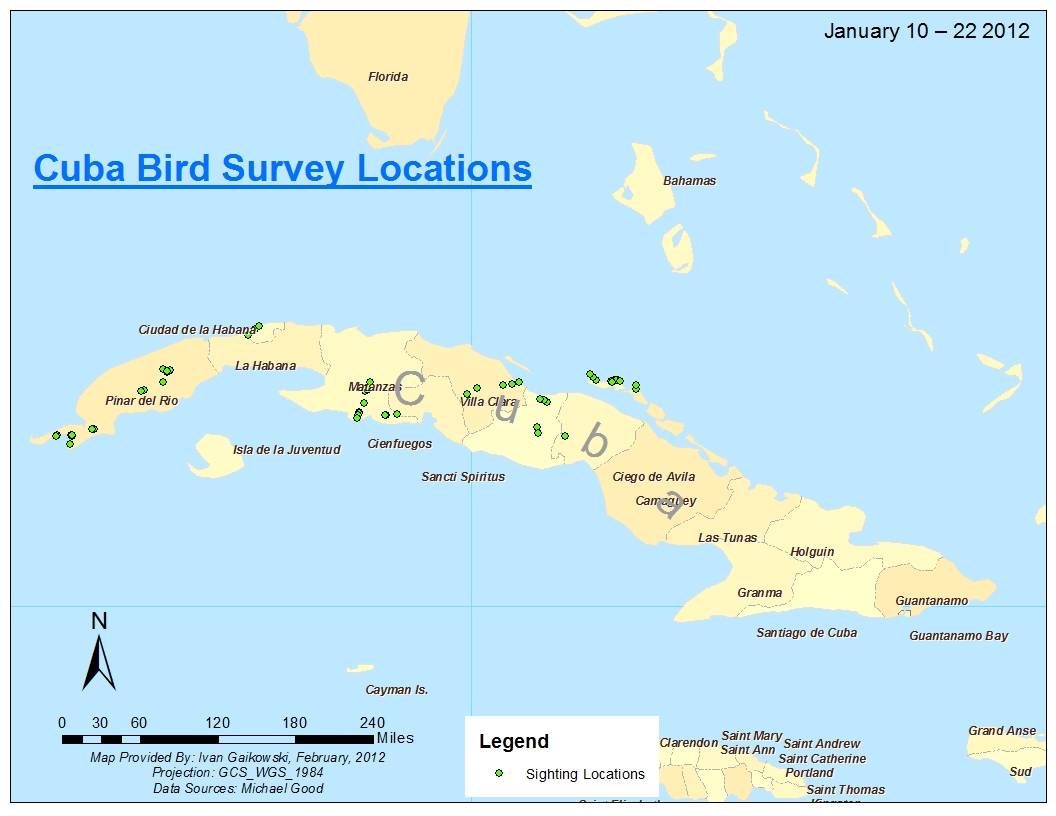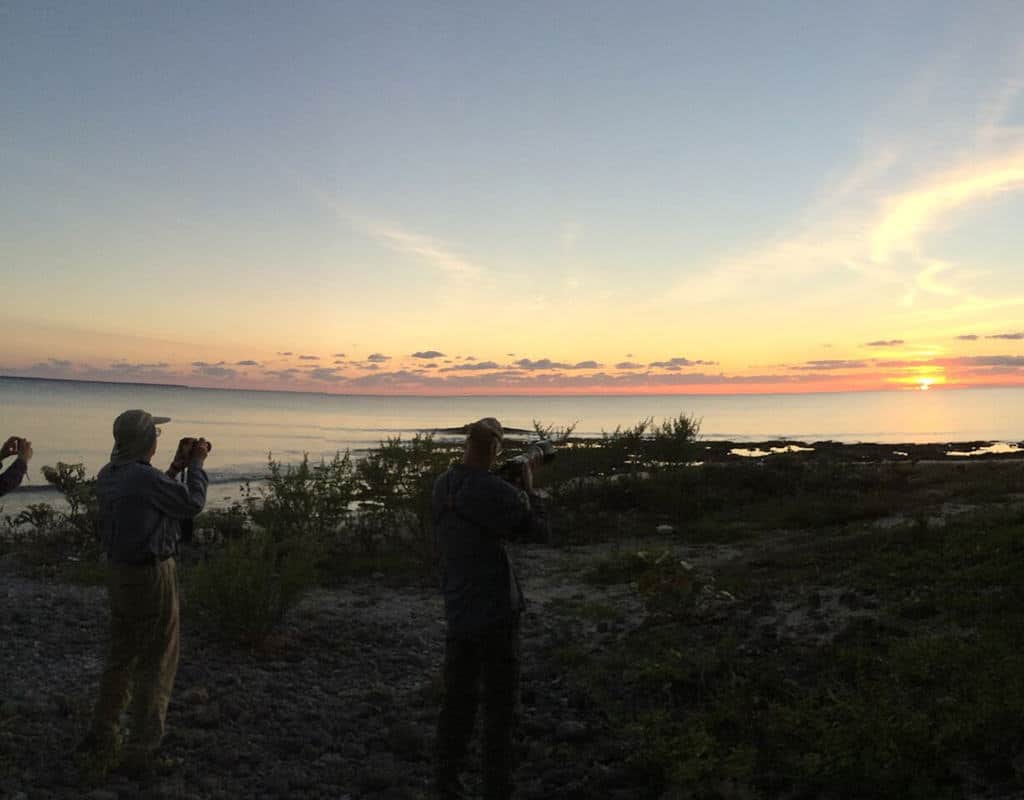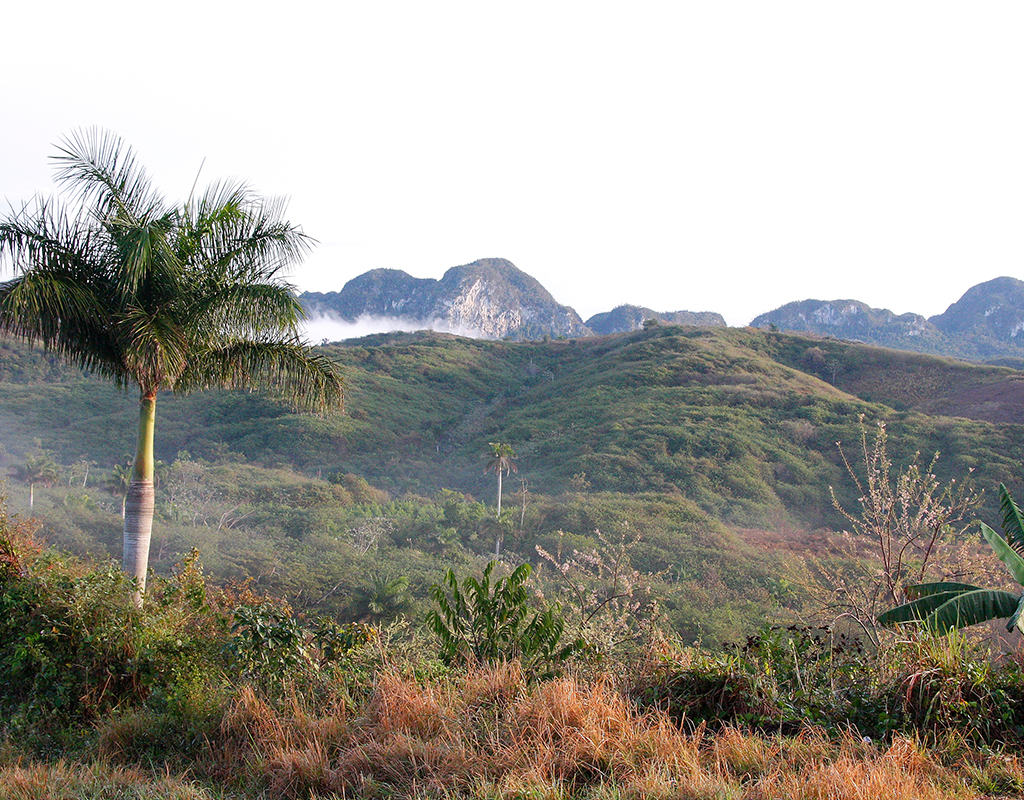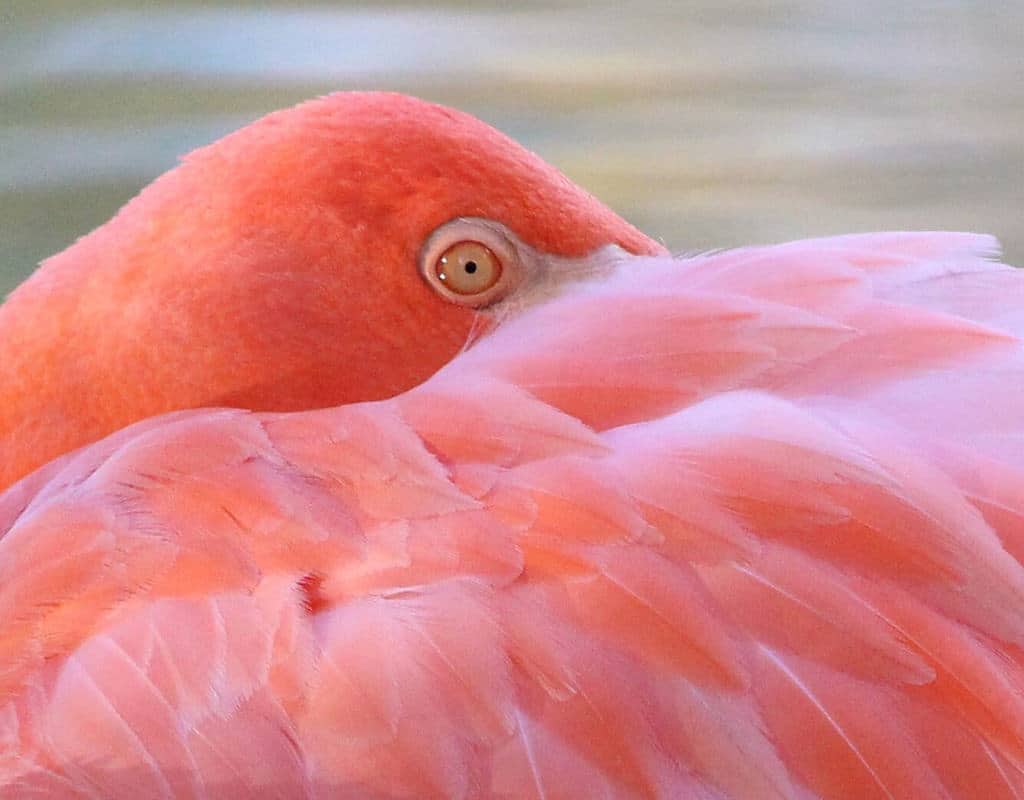Guanahahcabibes Peninsula
The Guanahahcabibes Peninsula, located at the far western tip of the island, is one of the last remaining wild places in the Caribbean. We will visit Guanahahcabibes National Park and a UNESCO administered biosphere reserve that covers more than 125,000 acres and provides habitat to 47 percent of all species and 44 percent of endemic species reported in Cuba. These figures include 192 species of birds belonging to 42 families, 11 of which are endemic and 84 migratory.
A major migratory corridor, this peninsula lies parallel to the Yucatan Peninsula in eastern Mexico, and is adjacent to the Palancar Reef, the largest contiguous coral reef in the northern hemisphere, second in size only to the Great Barrier Reef. The territory also has historical value, including some of Cuba’s most important aboriginal archaeological sites. The peninsula was Cuba’s first significant protected area following the triumph of the revolution in 1959, and was declared a Biosphere Reserve by UNESCO in 1987. The Bee Hummingbird and Blue-headed Quail Dove, Cuban Crow, Cuban Parrot, as well as numerous other birds are quite likely here.
Cuba’s Western Mountains
Cuba’s Western Mountains include two of the country’s most diverse and dramatic ranges: the Sierra de la Rosario, and Sierra de los Organos. We will explore an area common to both ranges in search of western range endemic species such as the Cuban Solitaire. A highlight of the trip, we will visit the magical, unusually beautiful karstic landscape of mogotes– the towering, lushly vegetated, flat-top limestone monoliths that dominate the Organos Mountains. This is the only region in which we will likely see theCuban Solitaire, Cuban Grassquit and Olive-capped Warbler. Other potential endemic species for western Cuba include Cuban Oriole, Cuban Blackbird, Cuban Green Woodpecker, Cuban Pewee, Cuban Pygmy-Owl, Cuban Tody, Cuban Trogon, Cuban Vireo, Gundlach’s Hawk, and Yellow–headed Warbler.
Zapata Peninsula and Bay of Pigs
We will also explore the diverse wetland region of the Zapata Peninsula, Cuba’s richest and most important birding destination located in the historic Bay of Pigs. This peninsula is a Ramsar Convention (international conservation treaty) designated site, and is among the most important wetlands in the West Indies. Here, the best local guides will lead us through protected areas in Cienaga de Zapata National Park and other natural sites off the beaten track. The Zapata Peninsula covers more than 2800 square miles and features easily accessible, everglades-like ecology and habitat. Framed by the pristine Caribbean coastal environment of the Bay of Pigs, the peninsula features vast open swamp land, low coastal forests, sparkling white sand beaches, healthy and accessible coral reefs, and refreshing natural limestone pools called cenotes. Bee Hummingbird, Zapata Wren, Zapata Sparrow, Fernandina’s Flicker, Bare-legged Owl, Tawnyshouldered and Red-shouldered Blackbird are among the many birds we will hope to find.
Camaguey Province
Camaguey Province is our easternmost destination. The city of Camaguey provides the base for our efforts to track down Cuba’s eastern endemic species (Cuban Parakeet, Cuban Palm Crow, Giant Kingbird, and Cuban Meadowlark among them). Colonial Camaguey’s prosperity nearly proved to be it’s undoing, as it was a favorite of pirate raiding parties in the late 18th century. Consequently, the city was moved inland from the coast, and its design was characterized by a maze of narrow, cobbled streets to confuse persistent raiders. In addition to its proximity to excellent birding destinations, Camaguey offers a unique and authentic Cuban experience often overlooked by the tourist crowd.
Cuba’s Northern Archipelago and Cayo Coco
Cuba’s Northern Archipelago and Cayo Coco and surrounding keys provides excellent birding opportunities on Cuba’s sunny Atlantic coast. These previously uninhabited and relatively unexplored offshore islands were connected to the mainland by a 18+ mile causeway completed in 1989. Cuba’s academy of sciences (CITMA) maintains a research facility here. The Cayo Coco region provides unique opportunities for: Cuban Gnatcatcher, Oriente Warbler, Thick-billed Vireo, Bahama Mockingbird, West Indian Whistling Duck, as well as numerous shorebirds and aquatic birds. This area provides additional opportunities to see rare endemics such as Zapata Sparrow (local race) and Gundlach’s Hawk.
Contact Us @
Caribbean Conservation Trust
353 West Todd Street
Hamden, CT 06518
203-733-1162
cubirds@aol.com
